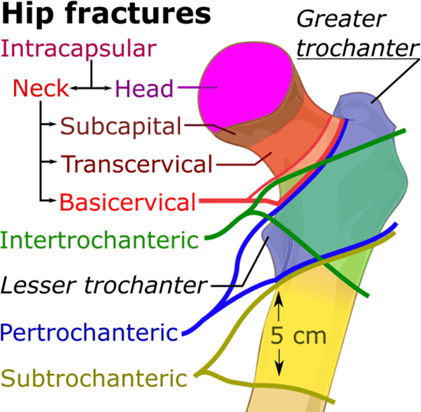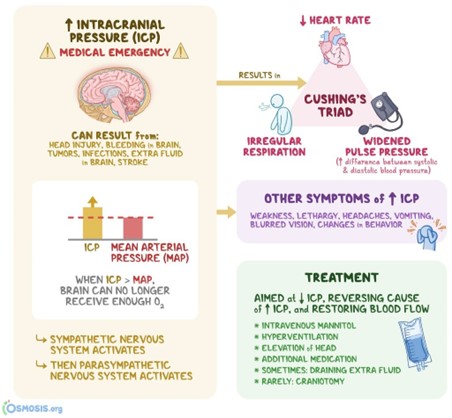An older adult client in an orthopedic unit has an intracapsular fracture of the right hip following a fall. The client is in Buck's traction and will have hip prosthesis surgery in the morning. The nurse should reinforce with the client that this type of traction promotes which of the following outcomes?
Reduction of the fracture
Support for moving the extremity
Alignment of the pins
Relief from muscle spasms
The Correct Answer is D
The nurse should reinforce to the client that Buck's traction promotes relief from muscle spasms. Buck's traction is a type of skin traction that is widely used for fractures of the femur and hip². It uses splints, bandages, and adhesive tapes to position a limb near the fracture and then applies pressure using weights and pulleys². One of the goals of Buck's traction is to lessen or eliminate muscular spasms¹.
Reduction of the fracture is not the primary purpose of Buck's traction.
Support for moving the extremity is not a primary outcome of Buck's traction.
Alignment of the pins is not applicable to Buck's traction as it does not involve inserting pins into the bone.

Nursing Test Bank
Naxlex Comprehensive Predictor Exams
Related Questions
Correct Answer is A
Explanation
The nurse should tell the newly licensed nurse that Russell's traction uses a sling under the knee to treat a fracture of the femur. Russell's traction is a type of skin traction that is used to immobilize and align a fractured femur. It involves placing a sling under the knee and applying weights to the affected leg to provide continuous traction.
Russell's traction does not use a cervical halter, skeletal pins, or a pelvic girdle belt. A cervical halter is used to treat neck injuries. Skeletal pins are used in skeletal traction to stabilize fractures. A pelvic girdle belt is used to treat lower back pain.

Correct Answer is C
Explanation
An appropriate nursing action for a client who is restless following a traumatic brain injury with increased intracranial pressure is to reduce stimuli. This can help calm the client and prevent further increases in intracranial pressure. The nurse can reduce stimuli by minimizing noise and light in the client's environment and limiting the number of visitors.
Administering opioids, applying restraints, and blackening the room are not appropriate nursing actions for this situation. Administering opioids can cause respiratory depression and is not recommended for clients with increased intracranial pressure. Applying restraints can increase agitation and is not recommended for clients who are restless. Blackening the room can disorient the client and is not recommended.

Whether you are a student looking to ace your exams or a practicing nurse seeking to enhance your expertise , our nursing education contents will empower you with the confidence and competence to make a difference in the lives of patients and become a respected leader in the healthcare field.
Visit Naxlex, invest in your future and unlock endless possibilities with our unparalleled nursing education contents today
Report Wrong Answer on the Current Question
Do you disagree with the answer? If yes, what is your expected answer? Explain.
Kindly be descriptive with the issue you are facing.
